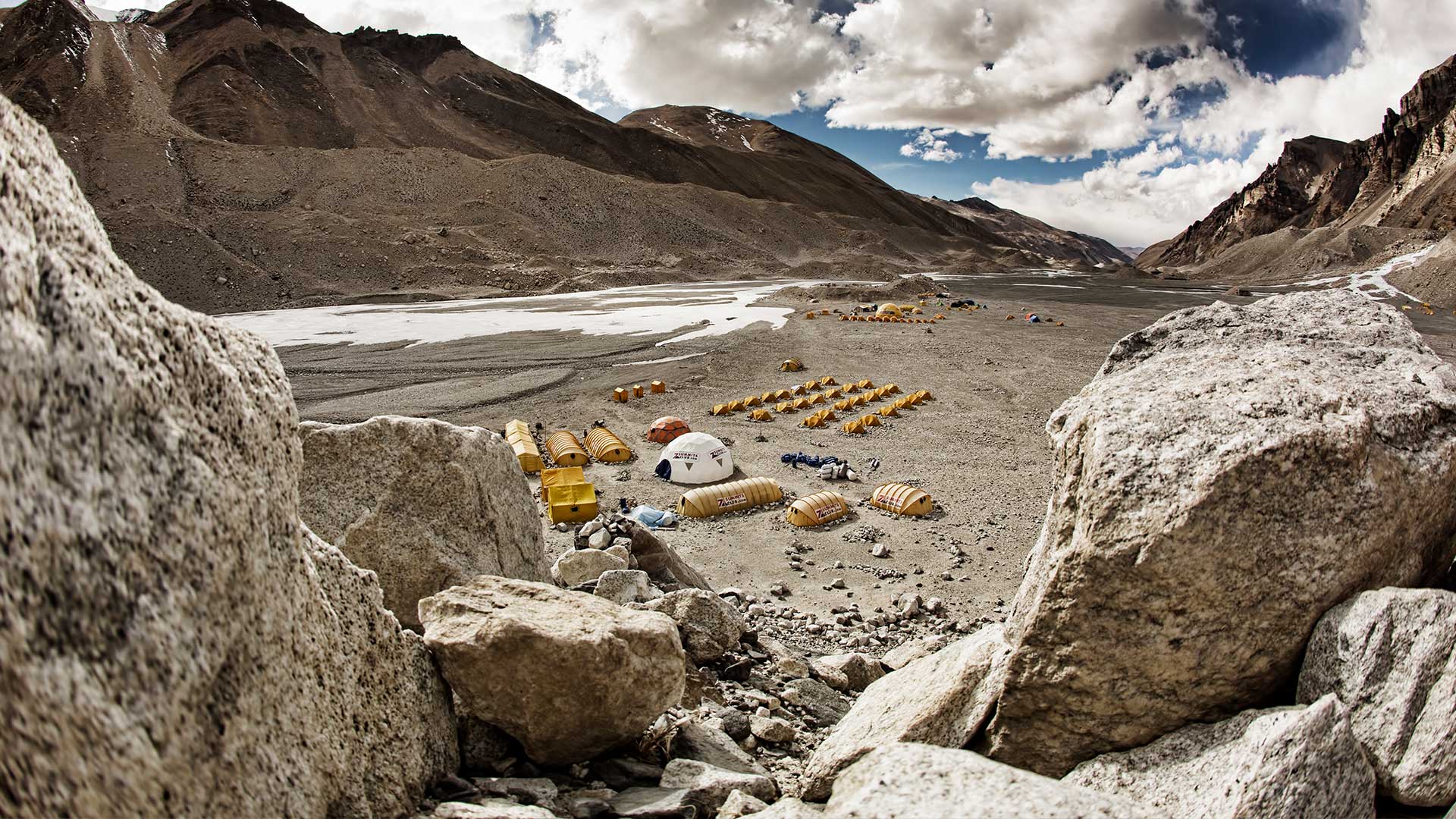Destinations with Altitude
Sea level destinations might have beaches, blue lagoons, pina coladas and a ready supply of oxygen but if you want to really elevate your travel plans you want to head upwards. Here are some of our favourite vertically inclined goto spots.
Nepal/Tibet
Mount Everest Base Camp
Everest is like the big kahuna of high altitude goals of course but the Everest Base Camp is a destination for many in its own right. It’s also about the Sherpa culture, the heart-stopping views of monolithic peaks, and, frankly, the human spirit. All at altitudes that would make a yak wheeze, you shuffle through the Khumbu region, each step a narrative of personal challenge and communal support. This place, it’s a testament to the sheer audacity of human endeavor, set against a backdrop that’s fiercely, indifferently beautiful. For the Everest The elevation is approximately 5,364 metres at the base camp, with Kala Patthar being a popular higher viewpoint at a chunky 5,640 metres. The best times to visit are during the spring (mid-March to May) and autumn (September to November) when the weather is clear and dry.
Tibet
Lhasa

At 3,650 metres, Lhasa is a centre of faith at the roof of the world where the air is thin, the sun is a harsh companion, and every corner teems with devotion. The Potala Palace stands as a sentinel to history, monasteries pulse with the rhythm of chanting monks, and the Barkhor circuit throbs with the footsteps of the faithful. It’s a place that demands resilience from its visitors, offering in return an awesome glimpse into a special enduring culture. The best time to visit Lhasa is from May to October when the weather is mild and the oxygen level is higher. Lhasa Gonggar Airport, around 62 kilometres south of the city, serves as the nearest international airport, providing access to this special spiritual capital.
New Zealand
Mount Cook National Park
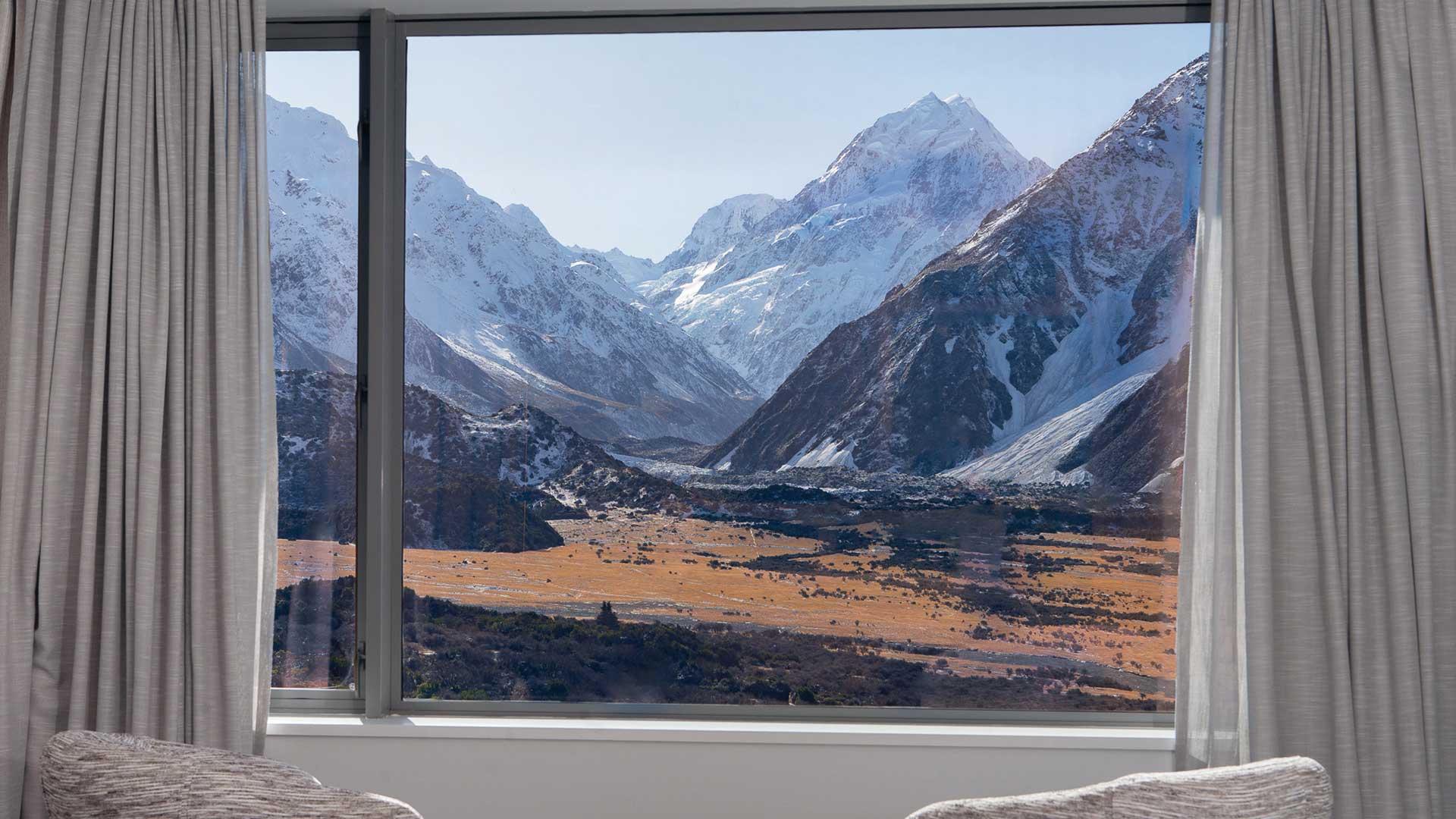
Mount Cook National Park is where the earth stretches skyward, challenging the heavens. Peaking at 3,724 metres, Aoraki, the cloud piercer, stands sentinel over a land carved by glaciers and time. To trek its paths is to commune with the giants, each step a pilgrimage through the cathedral of the wild. The best times for visiting are during the warmer months from November to April.
The best place to stay has got to be The Hermitage Hotel, Aoraki/Mount Cook. Watching avalanches coming off the mountain while enjoying dinner is a bizarrely unforgettable experience. They also have plenty of guides happy to take you out to the glaciers nearby, and the drive to the hotel past crystal blue lakes is incredible. Make it a prime part of your South Island trip.
Bolivia
Uyuni Salt Flats

Imagine the sky crashed into the earth, leaving behind a mirror to the heavens. That’s Salar de Uyuni. When the rains come, it transforms into a literal reflection of the cosmos. Crank out some Pink Floyd and you have an existential otherworldly party. It’s a place that reminds you of the scale of the planet and, paradoxically, how small, yet infinitely significant, each moment can be. The Salar de Uyuni, sits at an altitude of 3,656 metres and is the world’s largest salt flat. The best time to visit is from May to October during the dry season for clear skies and November to March for the mirror effect after rainfalls. The nearest international airport is in La Paz, Bolivia, El Alto International Airport.
Potosí
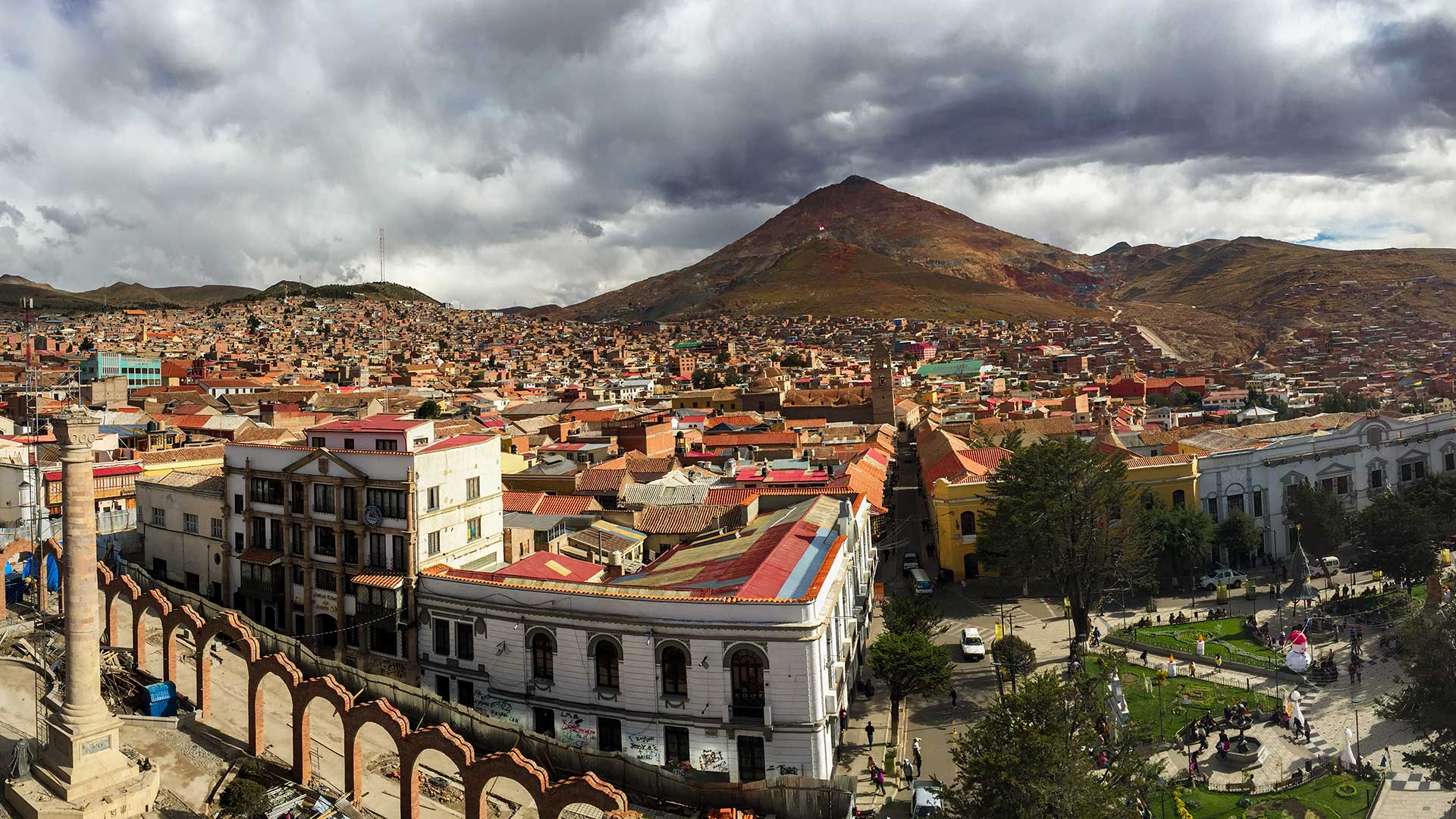
Potosí is one of the world’s highest cities, at a giddying altitude of 4,090 metres. It’s also a standing testament to a story of wealth and despair, a city that once funded empires with its veins of silver. For centuries, Potosí was the epicenter of Spanish colonial silver mining and minting and much this colonial architecture remains intact in the city’s historic core, which, together with the significant Cerro Rico de Potosí, forms a UNESCO World Heritage Site. To wander its streets is to walk through history, where every building whispers tales of opulence and exploitation, resilience and survival. The best time to visit is during the dry season, from May to October.
Lake Titicaca
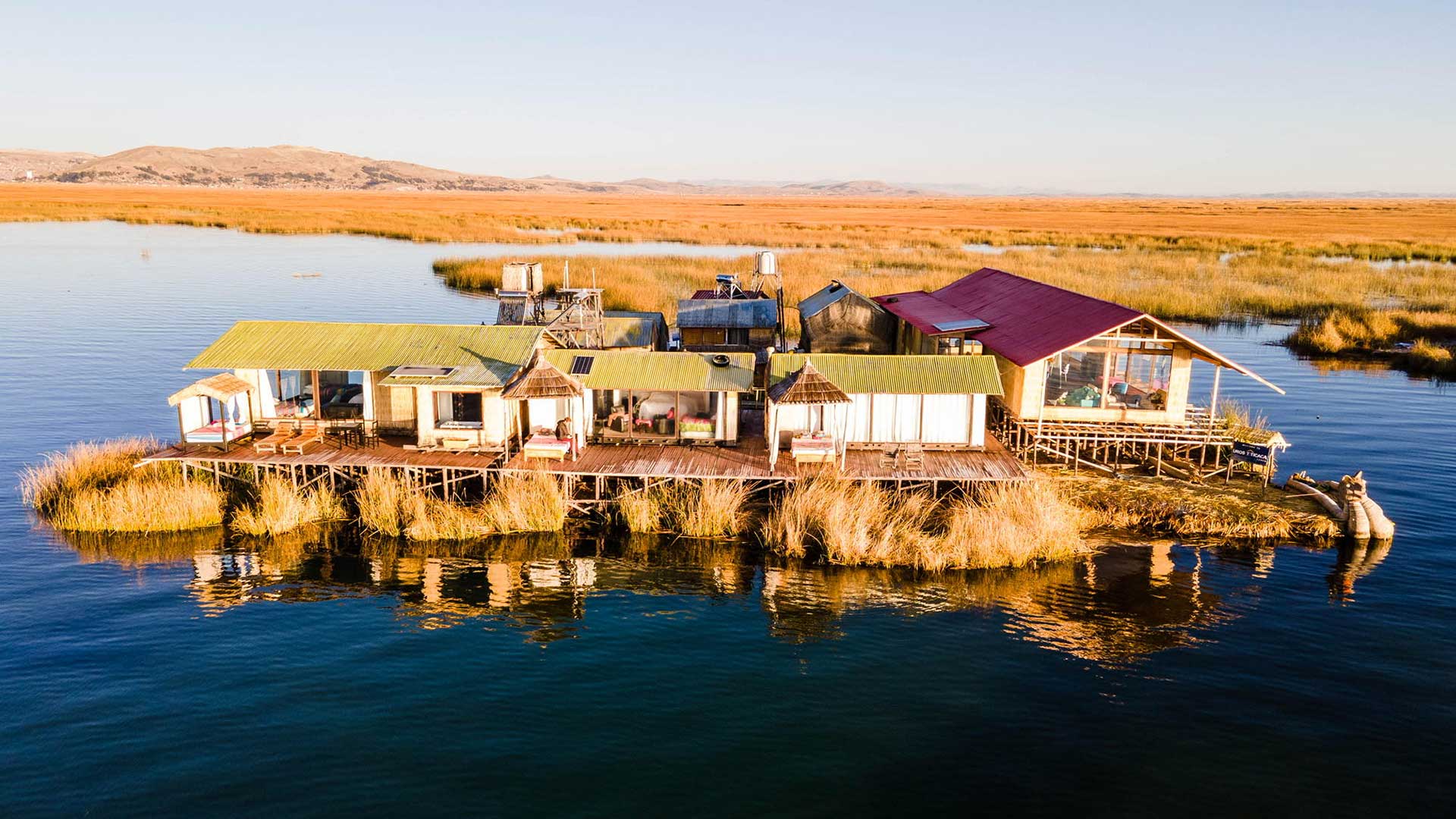
Lake Titicaca, the highest navigable lake in the world, sits at an elevation of 3,812 metres is renowned for its floating Uros Islands, made entirely of reeds by the Uros people, a testament to ancient ingenuity. The lake’s deep blue waters are dotted with traditional reed boats, against a backdrop of the snow-capped Andes. The Lake is not only significant for its elevation but also for its rich biodiversity, including endemic species like the Titicaca water frog. The lake plays a crucial role in Andean folklore, believed to be the site where the founders of the Inca empire emerged.
You can stay on the lake yourself, floating around in absolute luxury with Uros Titicaca Lodge. Their FAQ page is hilarious. Under the section asking about parking they established that “We do not have a parking area because we are located in the middle of Lake Titicaca, on a floating island.”
Smoking is also prohibited because “everything is made of wood and reeds”.
La Paz

At an altitude of 3,640 metres, La Paz is the highest administrative capital in the world. But it’s not just a place of administrating things it is also a chaotic palette of indigenous culture clashing and blending with the modern world. Streets throng with markets that spill over with vibrant colors, and the air is rich with the scent of street food and incense. The city stretches from the canyon up to the high plains, a metaphor for the saocial contrasts within. It’s a place where every view is a postcard and every meal a story. The best times to visit are from May to October, during the dry season, for clearer skies and less rain. El Alto International Airport serves as the nearest international gateway to La Paz, located just above the city.
While you’re there stay at Quechua, Atix Hotel, With 53 modern rooms and Suites it’s definitely the place to stay while exploring La Paz. Be sure to check out the rooftop bar and swimming pool.
Ecuador
Quito
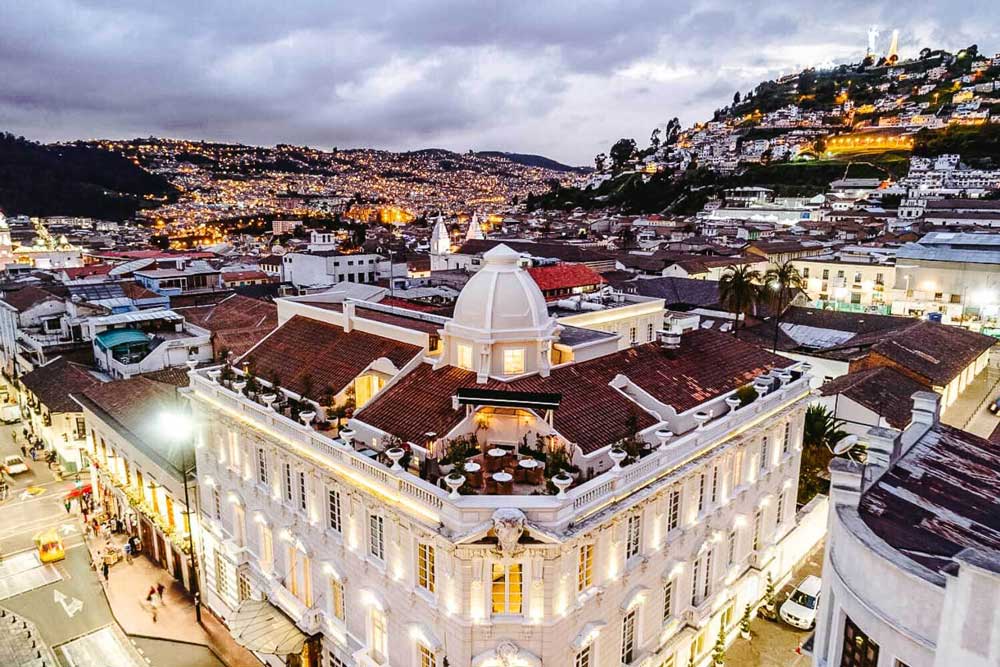
Quito is a city draped along the slopes of the Andes, kissed by the sun and shrouded in clouds. It’s a place where colonial history is etched into the facades of ornate churches, where the equatorial line is a playground of science, and where the landscape is a constant reminder of the earth’s power. located at an elevation of 2,850 metres, It’s a city that pulses with life, from the bustling markets to the latent shadows of the surrounding volcanoes.
The best time to visit is during the dry season, from June to September. Mariscal Sucre International Airport is the nearest international airport, situated about 18 kilometres east of the city.
While you’re there stay at the boutique Hotel Casa Gangotena. It’s less than a 15 minute walk away from many of the local museums and attractions and only an hours drive from the National Park.
Peru
Cuzco

Cuzco is an echo chamber of the past, where history is not just remembered but lived, woven into the fabric of daily life. The Sacred Valley stretches out like a verdant tapestry, with threads of ancient pathways leading to the lost city of Machu Picchu. It’s a gateway to a world where the past is always present, inviting you to step through and explore. At an elevation of 3,400 metres. The ideal time to visit is during the dry season from June to August.
India
Leh
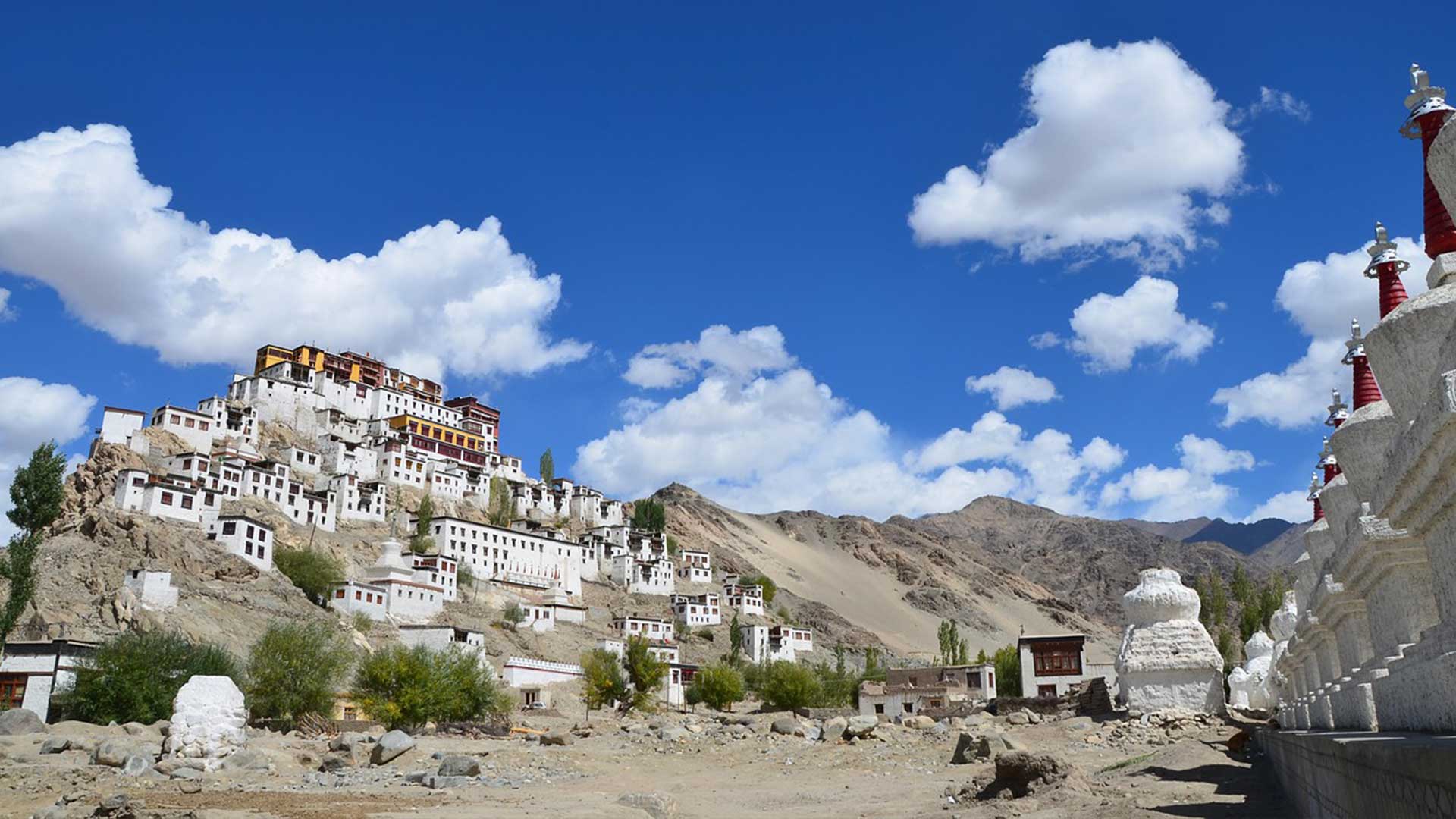
Sitting at an altitude of about 3,500 metres, Leh is like a lofty oasis of human history in the stark wilderness of Ladakh The monasteries, perched on rocky outcrops, echo with the murmurs of the past, while the markets buzz with the vibrant life of the present. The best time to visit is from April to mid-May and from mid-September to mid-October when the weather is most favorable. Kushok Bakula Rimpochee Airport in Leh is the nearest airport.
Tanzania
Mount Kilimanjaro

Kilimanjaro’s peak, Uhuru Point, rises to 5,895 metres and trekkiing to it takes you through five ecosystems along the way. It is like walking from the equator to the North Pole… only vertically. And Kilimanjaro isn’t just a marvel of nature for adventure seekers but it is also an important centre for climate research. It’s equatorial glaciers serving as a barometer for global warming while its slopes, home to unique ecosystems, provide invaluable insights into biodiversity and adaptation. The optimal times for climbing are during the dry seasons: January to mid-March and June to October. Kilimanjaro International Airport, located between Moshi and Arusha, is the nearest international airport, serving climbers from around the globe heading to this iconic mountain.

